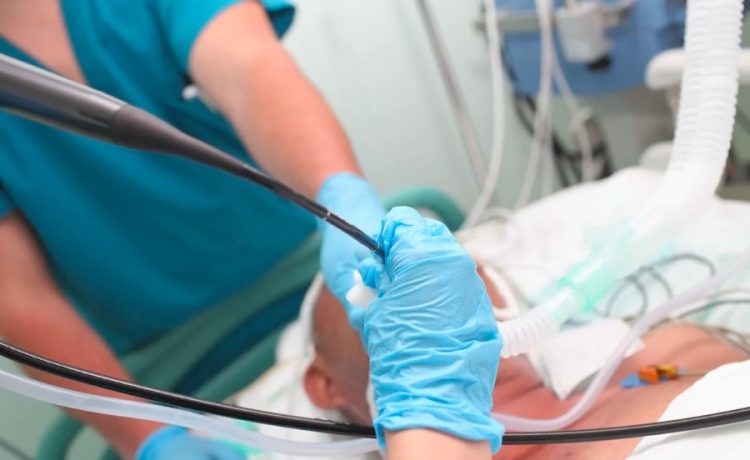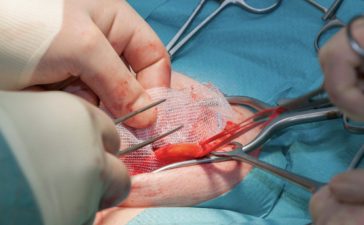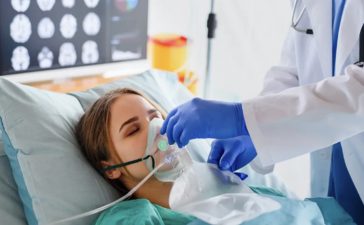Humans are indeed built with many organs and systems working in harmony to enable human beings to live and survive in many conditions. The body system is able to adapt with changes inside the body or external factors affecting the body but such changes may not be forever as the body will reach its limit. This is where humans are susceptible to diseases. Health screening may help to detect health issues early on and provide early treatments from the issues becoming worse. In this article, we will be learning about a procedure used to detect health problems, specifically the lungs, known as a bronchoscopy.
Bronchoscopy is a medical procedure used to get a close view of the lungs and the airways. The procedure itself uses a thin tube known as a bronchoscope with a small camera and light at the end. The tube also has a small channel to collect tissue samples from lungs. This is then connected to a video screen that allows doctors to view and take photos. The bronchoscope is usually a thin, soft and flexible tube. The bronchoscope makes its way into the lungs and airways via nose or mouth and down to the throat.
Bronchoscopy is usually done by doctors to diagnose lung problems, to get closer look at the source of infection of the lungs, to take samples for biopsy procedure, to stop bleeding in lungs or to retrieve foreign objects in the airways such as kids choking on toys. Patients are recommended to go for a bronchoscopy test if they have a cough that would not go away, suspected of infections and something abnormal on a chest x-ray or a CT-scan which might be abnormal growth or cancer.
For preparations of a bronchoscopy procedure, patients are advised to not drink or eat after midnight on the night before the procedure. Patients that take blood thinners medications may need to stop taking the medications weeks before the bronchoscopy procedure. Patients need to let their doctor know of any other medications that they are taking before the bronchoscopy procedure is done as some medications may need to be stopped at least a week before the procedure. Specific instructions are given by healthcare professionals and patients need to follow them closely. Any questions or enquiry regarding the instructions should be asked directly to doctors or nurses before the procedure is done. This helps patients to be fully prepared and ease the procedure.
Bronchoscopy procedure is usually done as an outpatient procedure meaning patients do not need to stay overnight in a hospital. Bronchoscopy is less often done under general anaesthesia which means patients are likely to be awake during the procedure. However, patients are given with topical anaesthesia on the mouth or nose to help numb the areas temporarily and ease the insertion of the scope. Some might cough at first when the scope is placed in but this will stop as the topical anaesthesia works.
The procedure usually takes an average of 30 minutes that includes both preparation and recovery time. However, the procedure may take longer time of up to hours in severe cases and depend on what is the aim for the procedure itself. Patients may be prohibited to drink or eat for a while until the numbness feeling has gone and patients are able to swallow normally. Patients are advised to start with sips of water and eat soft foods for a few days. Since sedatives may be used in the bronchoscopy procedure to help patients feel relaxed, it is best for patients to arrange for a ride home after the test and avoid driving vehicles on their own. The next few days after the procedure, patients might have sore throat or hoarseness which is common and should be able to go away with cough medications. Patients should be able to resume with their previous medications after the procedure but it is wise for patients to double-confirm with their doctor first on when is the exact time to do so.
Although bronchoscopy in general is deemed to be safe, there are still few risks or side effects that may affect patients such as low level of oxygen in blood, coughing, sore throat, collapsed lungs and bleeding. Fret not, these side effects are usually rare and go away on their own. However, symptoms such as chest pain, breathing difficulty, coughing up blood and fever after the procedure should be taken seriously and patients need to call their doctor right away.
In essence, bronchoscopy is a procedure that gives a clear picture of what is going on in the lungs. It serves a diagnostic and therapeutic purpose. The procedure usually does not take a long time unless in a severe case or complicated one. Patients planning for a bronchoscopy test should follow all advice and instructions given by healthcare professionals at all times to ensure smoothness of the procedure and patients to feel less intimidated.













